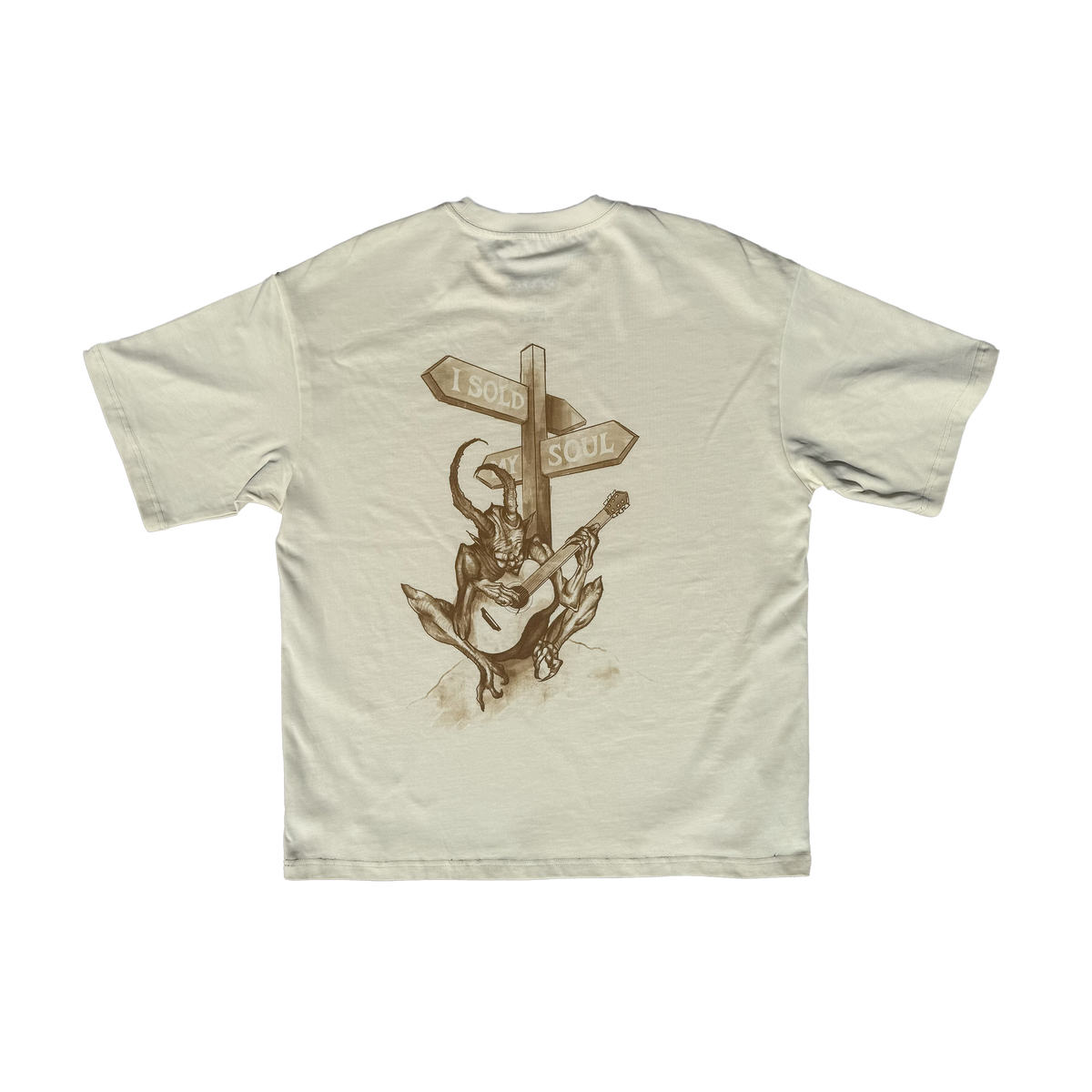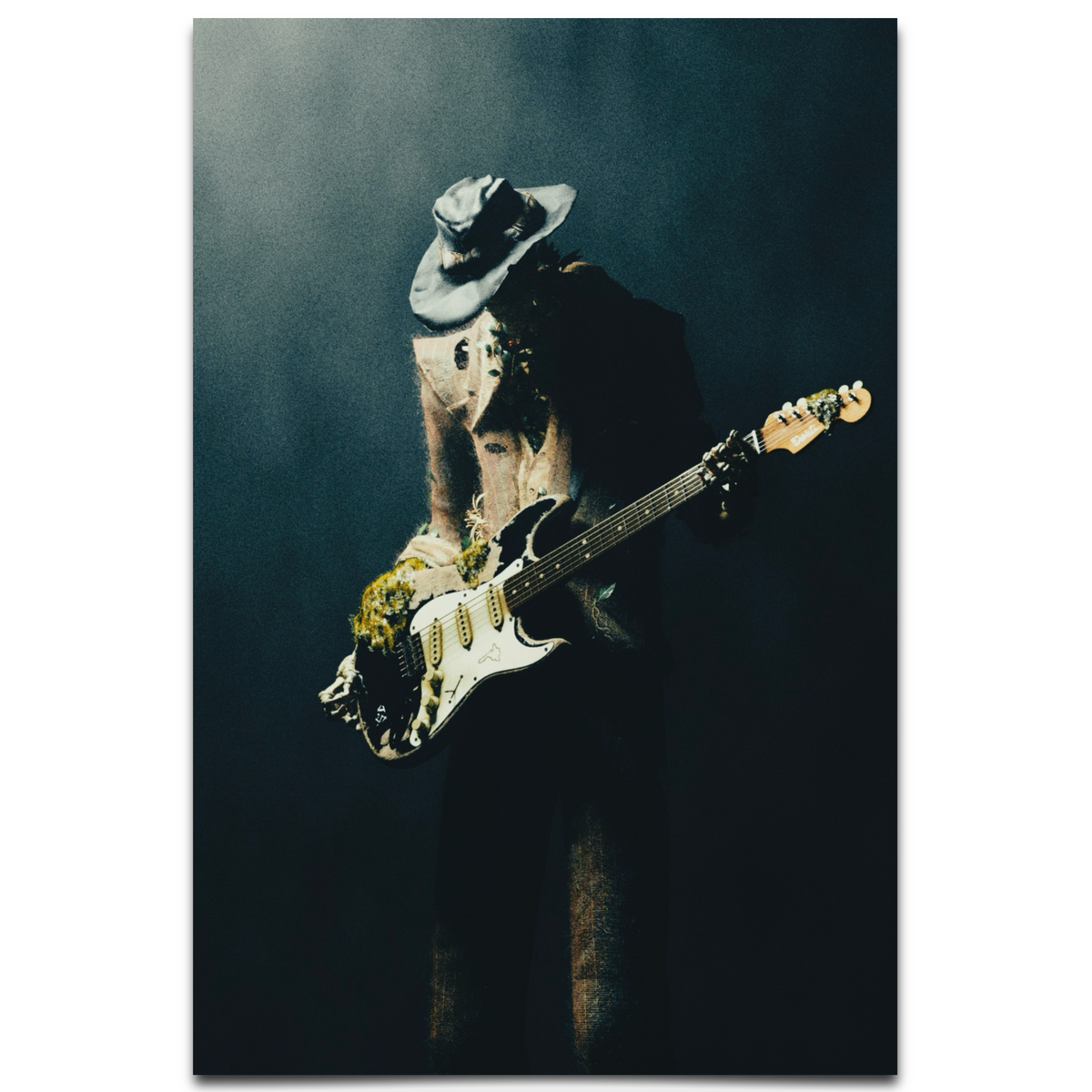If you’ve ever wondered why some guitar riffs feel straightforward and easy to groove to while others seem off-kilter or tricky to follow, the answer often lies in the time signature. A time signature dictates the rhythm and structure of a piece of music, and it plays a huge role in how guitar riffs are written and perceived. Let’s break down how time signatures like 4/4 and 7/8 affect guitar riffs, with a focus on their feel, complexity, and creative impact.
What Is a Time Signature?
Before diving into specifics, a quick refresher: a time signature is a musical notation that tells you how many beats are in a measure and what kind of note gets the beat. It’s written as a fraction, like 4/4 or 7/8. The top number represents the number of beats per measure, and the bottom number indicates the note value (e.g., 4 for a quarter note, 8 for an eighth note). For guitarists, this framework shapes how riffs are structured and how they sync with drums and other instruments.
4/4 Time: The Standard Groove
The most common time signature in popular music is 4/4, often called “common time.” It has four beats per measure, with each beat typically a quarter note. This creates a steady, predictable rhythm that’s easy to follow—think of classic rock songs like AC/DC’s “Back in Black.” Guitar riffs in 4/4 often feel natural and repetitive, making them ideal for head-banging or foot-tapping. The symmetry of four beats allows riffs to loop seamlessly, which is why it’s the go-to for genres like rock, pop, and blues. As a guitarist, you can easily build power chord progressions or palm-muted patterns that lock into this even pulse.
7/8 Time: The Oddball Vibe
Now, compare that to 7/8 time, an “odd” time signature with seven eighth-note beats per measure. This creates an uneven, almost limping rhythm because it’s not easily divisible into equal groups. A famous example is Pink Floyd’s “Money,” which uses 7/4 (similar concept, just with quarter notes). Guitar riffs in 7/8 feel unconventional and can sound tense or disorienting at first. As a player, you might need to count carefully or group the beats (like 3+2+2) to keep the riff cohesive. This time signature is often used in progressive rock, metal, or jazz fusion to add complexity and keep listeners on their toes.
How Time Signatures Shape Riffs
The choice of time signature directly impacts how a riff feels and functions in a song. In 4/4, riffs often emphasize downbeats (the first and third beats) for a driving, grounded sound—perfect for straightforward rock or punk. In 7/8, the uneven beat count forces riffs to either cut off early or stretch awkwardly, creating a sense of unpredictability. This can be a creative goldmine for guitarists looking to stand out, but it’s harder to make memorable or “catchy” in a traditional sense. Additionally, odd time signatures like 7/8 often pair with complex drumming, so your riff needs to mesh with those offbeat patterns.
Practical Takeaway for Guitarists
If you’re writing or learning riffs, start by understanding the time signature of the song. In 4/4, focus on creating punchy, repeatable phrases that align with the steady beat. In 7/8 or other odd meters, experiment with breaking the rhythm into smaller chunks and play with accents to highlight the unusual structure. Practice with a metronome to internalize the feel—especially for odd time signatures, where muscle memory takes longer to develop. Ultimately, the time signature isn’t just a technical detail; it’s a tool to shape the emotion and energy of your riff.
Whether you’re riffing in the comfort of 4/4 or venturing into the wild territory of 7/8, understanding time signatures helps you craft guitar parts that either groove effortlessly or challenge the listener in exciting ways. So, next time you pick up your guitar, think about the rhythm’s foundation—it might just inspire your next killer riff.
























